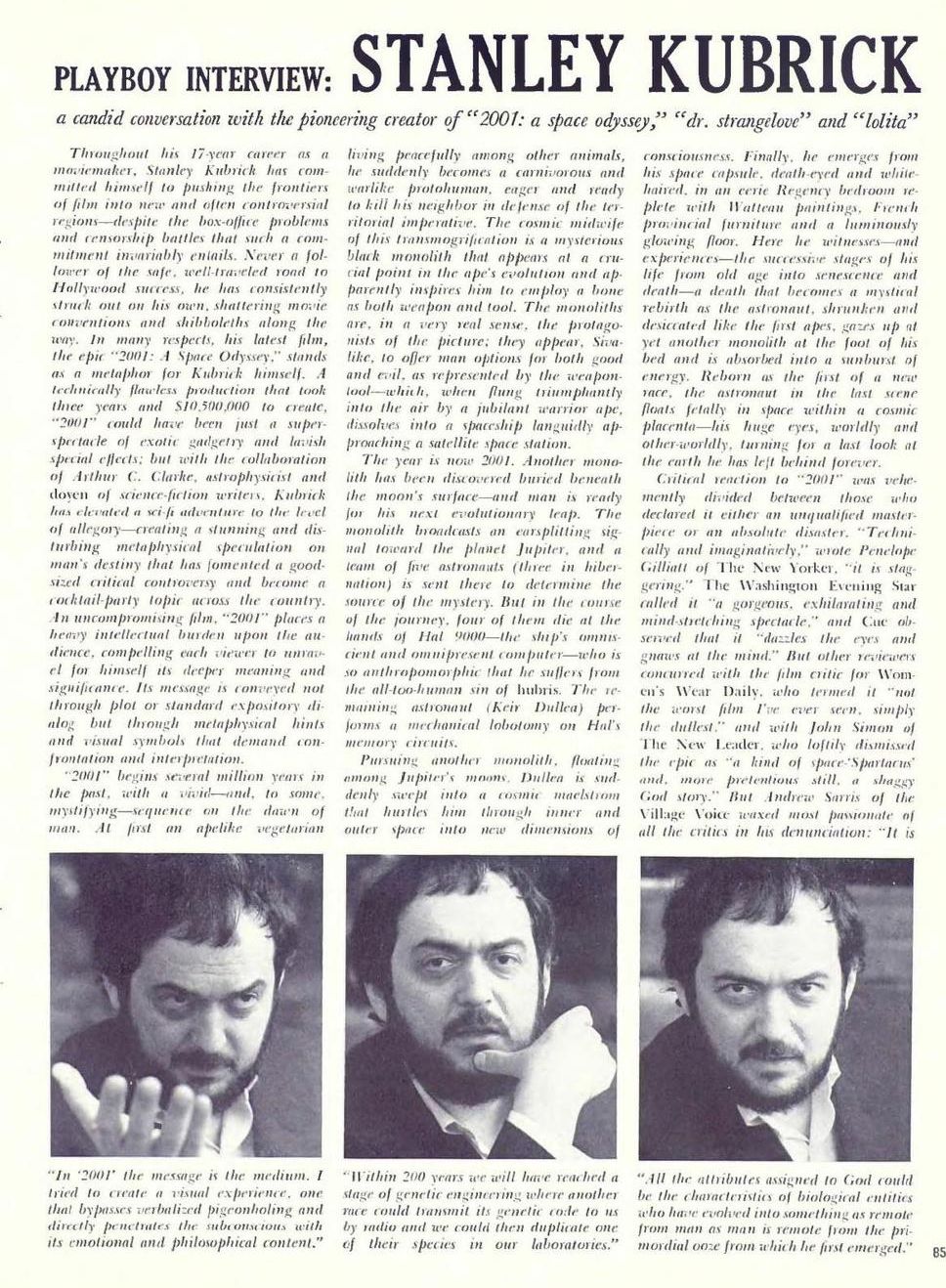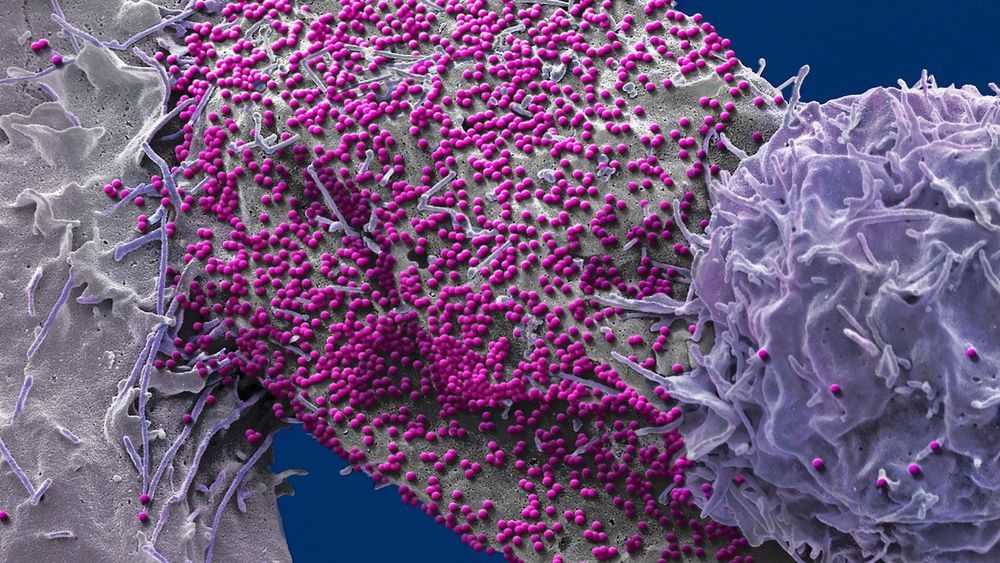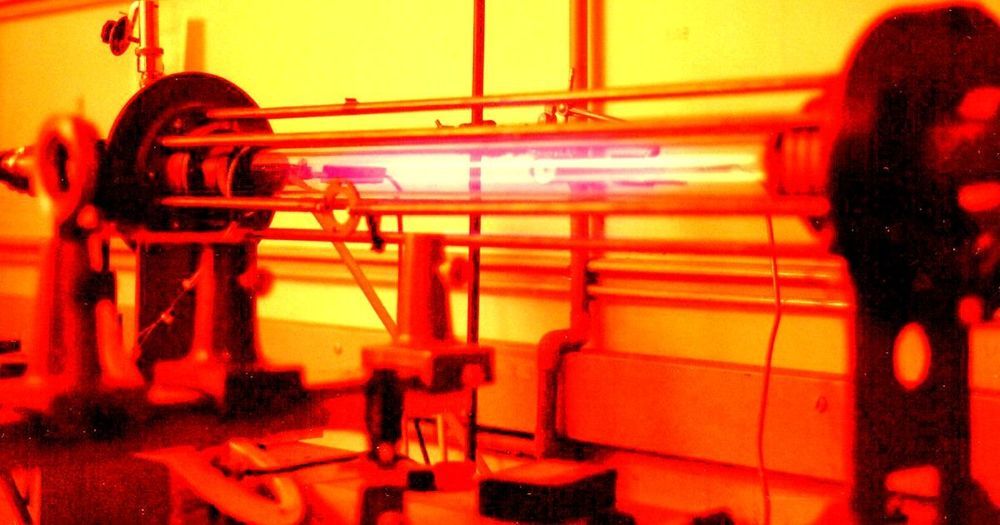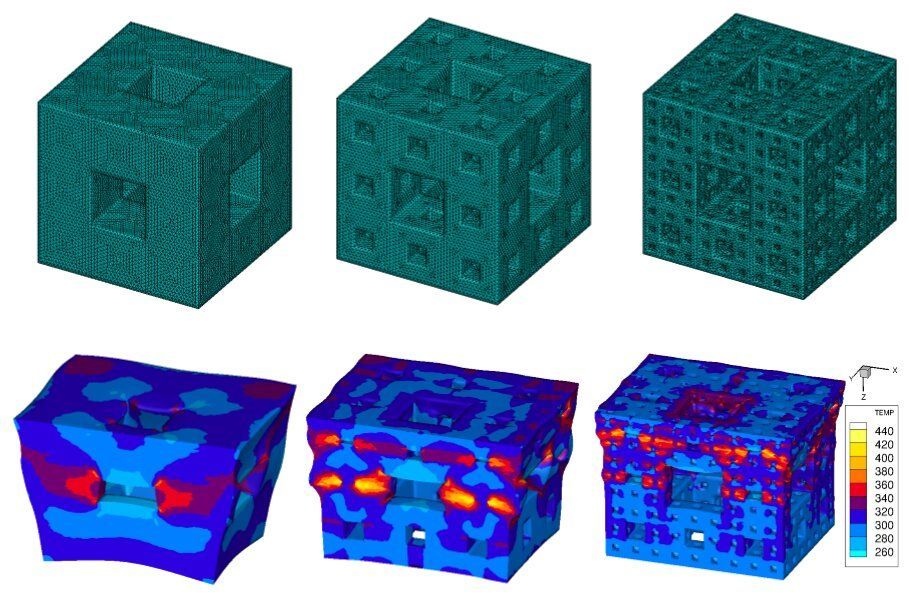A candid conversation with the pioneering creator of 2001: A Space Odyssey, Dr. Strangelove and Lolita
Throughout his 17-year career as a moviemaker, Stanley Kubrick has committed himself to pushing the frontiers of film into new and often controversial regions—despite the box-office problems and censorship battles that such a commitment invariably entails. Never a follower of the safe, well-traveled road to Hollywood success, he has consistently struck out on his own, shattering movie conventions and shibboleths along the way. In many respects, his latest film, the epic 2001: A Space Odyssey, stands as a metaphor for Kubrick himself. A technically flawless production that took three years and $10,500,000 to create, 2001 could have been just a super-spectacle of exotic gadgetry and lavish special effects; but with the collaboration of Arthur C.
















